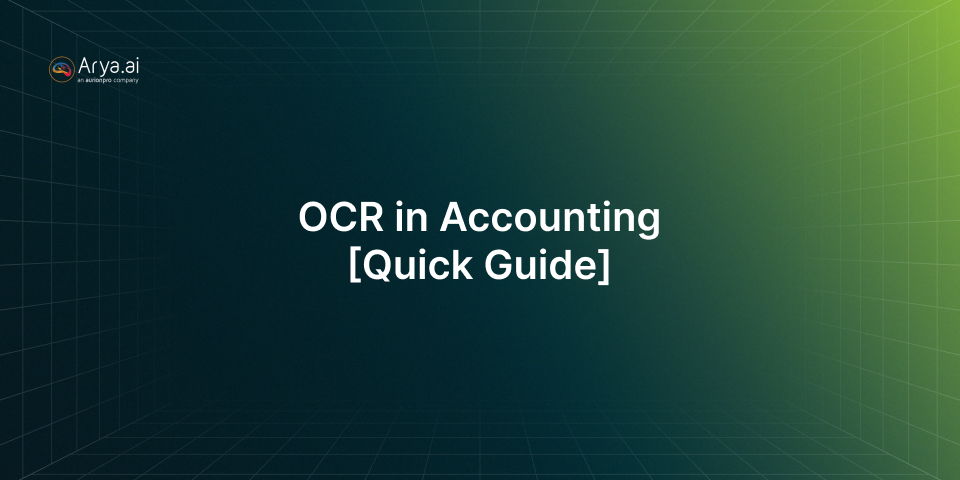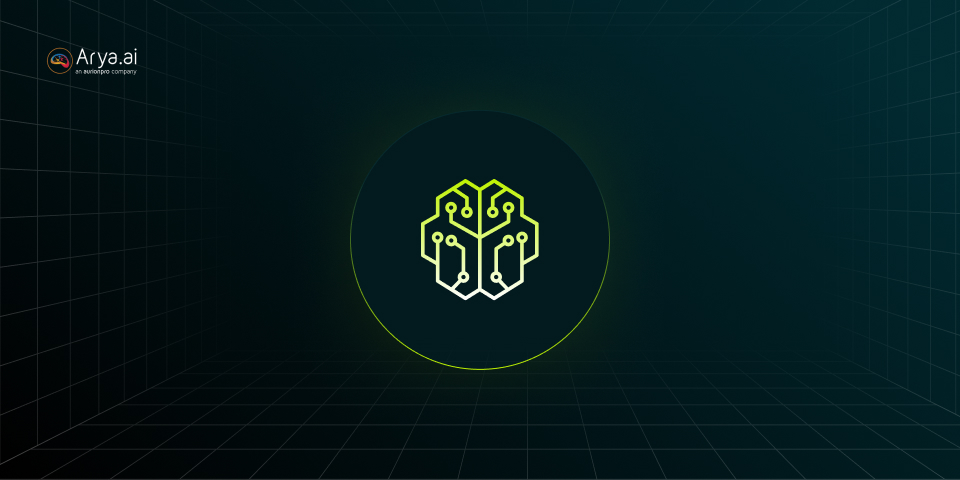![Automated Loan Underwriting [A complete overview]](https://cdn.prod.website-files.com/670526c69cb938e8bd8b4754/67471bb08a47f10ffc4dc069_Automated-Loan-Underwriting.png)
Loan underwriting, a critical component of the lending process, is being transformed by AI, leading to faster, more accurate lending decisions. By minimizing human error, reducing biases, and ensuring more precise credit assessments, AI is paving the way for better loan decisions.
According to a recent study, 73% of lenders overwhelmingly cited improving operational efficiency as the primary motivation behind adopting AI/ML.

While underwriters play a crucial role in lending, competitive market conditions are compelling lending teams to enhance efficiency and accuracy to maintain profitability.
In this blog, we will delve into the depths of automated loan underwriting, explain how AI transforms loan underwriting, and why you need to be a part of it.
What is Automated Loan Underwriting?
Automated loan underwriting utilizes Artificial Intelligence (AI) to streamline and enhance the evaluation and approval of loan applications, marking a significant shift toward tech-driven underwriting.
This modern approach replaces the traditional, manual process that relies heavily on human judgment to assess a borrower's financial documents, credit scores, and other relevant information.
By utilizing sophisticated algorithms and extensive data analysis, automated underwriting systems can quickly and accurately determine a borrower's creditworthiness, significantly reducing processing times and minimizing the potential for human error.
Challenges Loan Underwriters Face
The primary challenge in loan origination is finding the right balance between gathering enough information to thoroughly validate and assess the applicant and providing a streamlined lending experience.

- Fraud detection: Identifying and preventing fraudulent activities during the underwriting process.
- Changing customer expectations: Meeting the demand for quicker responses and streamlined application processes.
- Data integration and management: Ensuring the accuracy and consistency of data from various sources.
- Inefficiencies of manual underwriting: Reducing the longer processing times associated with manual methods.
- Evolving risk profiles: Accurately assessing risk amid changing business and economic conditions.
- Adapting to market conditions: Navigating factors like inflation, economic uncertainty, and natural disasters.
Manual vs. AI-Powered Underwriting: For Commercial Loans
The key advantages of AI-powered automated underwriting across these loan segments include:
1. Increased speed and efficiency
Automated systems can process loan applications much faster than manual underwriting, reducing the time from application to approval.
2. Improved accuracy
AI-based algorithms can analyze large datasets and identify patterns more accurately than human underwriters, reducing the risk of errors and biases.
3. Enhanced risk management
Automated underwriting can better evaluate the risk of loan defaults by leveraging data analytics, helping lenders make more informed decisions.
4. Lower operational costs
Automation reduces the need for manual labor and resources, leading to cost savings for lenders.
5. Better customer experience
Faster loan decisions and a more streamlined process can improve the overall experience for borrowers.
Benefits of AI Automated Loan Underwriting
From tedious document verification to uncovering hidden risk factors, AI is transforming every step of the automated loan underwriting journey. Here are some key use cases-

1. Risk Management
AI algorithms significantly bolster risk management in mortgage underwriting by providing more accurate assessments of an applicant’s risk profile. Traditional risk assessment methods can be subjective and prone to human error, but AI mitigates these issues by leveraging vast data. It can evaluate numerous factors, such as credit scores, employment history, and even social media activity, to more precisely assess the likelihood of loan repayment.
2. Creditworthiness Assessment
AI goes beyond traditional credit scores by analyzing alternative data sources like cash flow patterns, utility bills, and social media activity (with borrower consent). This allows a more comprehensive evaluation of a borrower's financial health and creditworthiness. This data-driven approach reduces the risk of defaults and ensures more reliable lending decisions.
3. Automated Document Verification
AI can streamline document verification for borrower documents like income statements, tax returns, and bank statements. This saves time and frees up time for more complex tasks, reduces errors, and streamlines the entire loan approval process for a smoother experience for both borrowers and lenders.
4. Data Extraction in Loan Underwriting
AI-driven data extraction in automated loan underwriting extracts and digitizes information from documents such as bank statements, pay stubs, and tax returns. By efficiently handling large volumes of unstructured data, AI enhances the speed and accuracy of the underwriting process, allowing lenders to make more informed decisions quickly and improving overall operational efficiency.
5. Loan Fraud Detection
Financial fraud is a persistent threat to lenders, leading to losses and reputational damage. AI algorithms can analyze borrower data and identify patterns indicative of potential fraud, helping lenders mitigate risk and protect their bottom line.
6. Regulatory Compliance
Regulatory compliance is a critical aspect of underwriting, and AI can significantly simplify this complex area. Automated systems can be programmed to adhere to local, state, and federal regulations, ensuring that each loan application meets the necessary criteria. This automatic compliance reduces the risk of costly legal issues and fines. Audit trails are another benefit. AI systems provide detailed records of every decision made during the underwriting process, making it easier to conduct audits and investigations.
7. Improved Customer Experience
AI can transform the customer experience in mortgage underwriting by making the process faster and more efficient. This improved speed is crucial for potential borrowers, who often face lengthy waiting periods for loan approval. Instantaneous data analysis allows AI to process applications much faster than traditional methods, drastically reducing approval times.
How Arya AI can help you in Automated Loan Underwriting?
Arya AI offers a pre-trained App Suite to streamline and automate loan underwriting.
By automating data extraction and verification, Arya AI eliminates human error and significantly reduces processing time, allowing lenders to make faster, more informed decisions.
Our Apps are pre-trained on extensive datasets, enabling them to perform complex tasks such as creditworthiness assessment, document verification, and risk analysis with high accuracy. The AI solutions are designed for seamless integration with your existing systems.
Contact us to learn more about how our Apps can transform your operations, enhance risk management, and deliver a superior customer experience.
Conclusion
AI is not simply automating loan underwriting; it's redefining the entire process. From automating tedious tasks to uncovering hidden risk factors, AI empowers lenders to make faster, more accurate decisions while mitigating risk and fostering a more positive borrower experience.
As AI evolves, we can expect more innovative solutions to enhance the underwriting process further. The future of loan underwriting is intelligent, efficient, and inclusive, and lenders who embrace AI will stay competitive in an increasingly digital world.





.png)





.png)




.png)

.svg)


